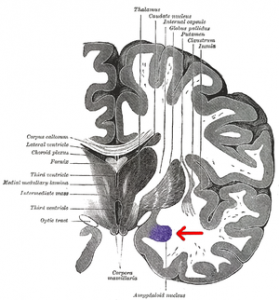
Photo courtesy of Wikipedia
Forbes reports on nonverbal universal reactions of pride and shame that are controlled by the limbic brain. The article was written by Dr. Carol Kinsey Goman, author of The Silent Language of Leaders and president of Kinsey Consulting Services
Scientists Dr. Jessica Tracy and Humintell Director Dr. David Matsumoto studied the behaviors of judo matches at the 2004 Olympic and Paralympic Games. 30 countries, including Algeria, Taiwan, Ukraine and the United States competed in those games.
The research report stated that body language of blind and sighted athletes showed the same patterns. The conclusion is that congenitally blind individuals could not have learned the nonverbal aspects of pride and shame from watching others, these displays of victory or defeat are likely to be innate biological responses that have evolved over time.
The limbic brain is most responsible for value judgments and plays a key role in all nonverbal communication. Emotions are the key forces behind decision-making. Forbes points out that our logical processes are often only rational justifications for emotional decisions.
A few examples of the limbic brain in action: An employee spots a friend and immediately her eyebrows raise and her eyes widen in recognition, a team-member reacts to distressful news by caving in his upper body and lowering his head. All of these nonverbal responses can be seen whether you are in Sao Paulo, Singapore or San Francisco.
What are your comments on the immediate reaction of sighted and blind athletes?